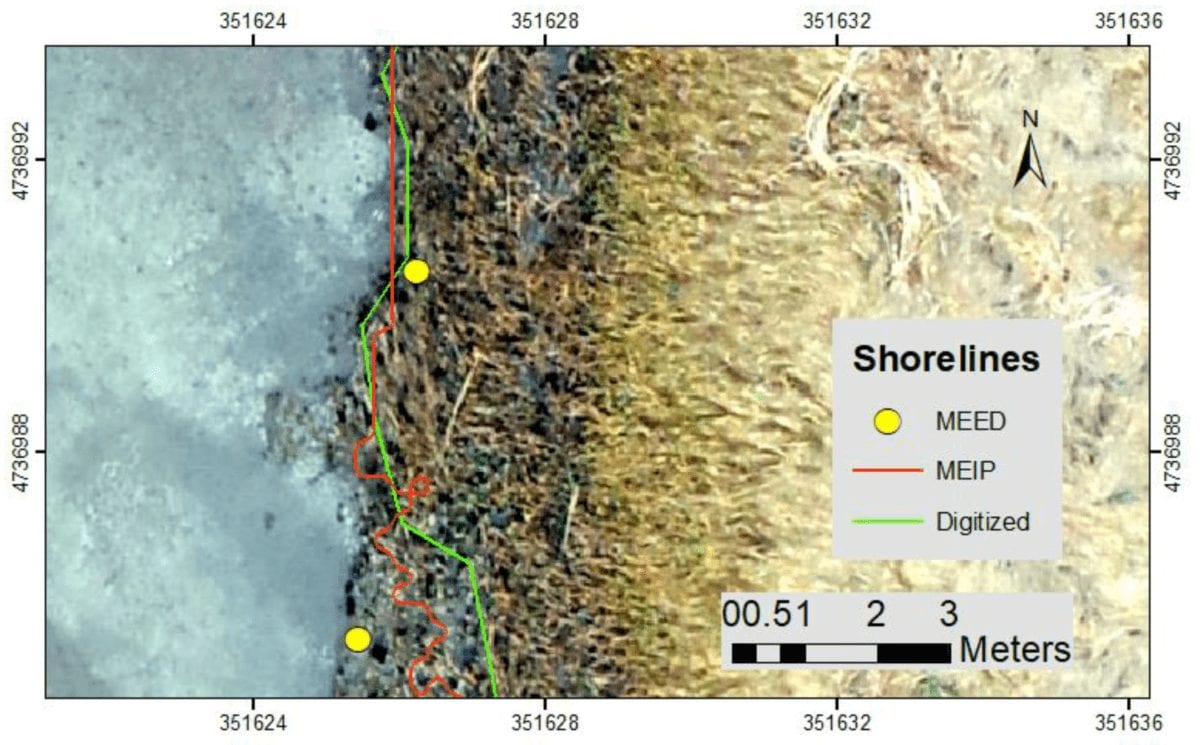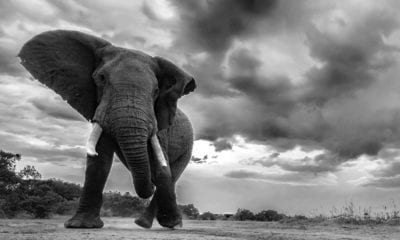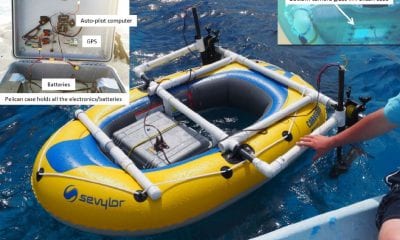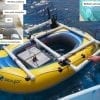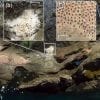
Conservation
Dugongs and Drones: Seychelles Study To Understand Gentle Giant
Dugongs and Drones: Seychelles Study To Understand Gentle Giant
A new study using drones will allow the Seychelles Islands Foundation (SIF) to collect data on the distribution and population of dugongs in Aldabra Atoll.
The atoll that is managed by the SIF is the last place where manatee-like species can be seen in the island nation.
Jake Letori, a volunteer on the foundation’s research team, told Seychelles News that drones will make it easier to capture spatial data, indicating that this method would provide the foundation with information on the distribution of the dugong, their exact locations and movements in the lagoon and surrounding reef habitats. “The images obtained from surveys could inform us about dugong health and interactions with other marine organisms, especially predators,” he said.
The dugong – a medium-sized marine mammal closely related to the manatee – is one of four living species of the order of the Sirenians. A gentle creature, it is the only living representative of the once very diverse Dugongidae family and relies heavily on seagrass communities for its livelihood.
Letori said that this species could survive Aldabra because it is highly protected from coastal activities, saying “In other dugong surveillance studies, software-based analysis of photos or videos recorded metrics such as length and body weight, assessed the health of the dugong, and to identify them individually through the identification of natural marks.”
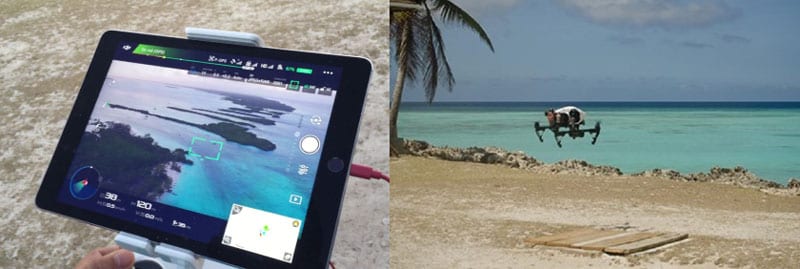
A drone deployed using a tablet at the research station | SIF
Letori said marine mammals such as dugongs are regularly monitored from the sky because of their vast mobile expanses. “It used to be done with traditional aircraft like planes and helicopters, but as we move into the digital age of the 21st century, remote-controlled technology miniaturization provides a replacement for people on the ground, ” Letori explained.
The isolated and remote location of Aldabra, one of the Seychelles UNESCO World Heritage Sites, makes mobile animal surveillance very complex in terms of logistics.
“Drone surveys can also be more logistically convenient, with low operational costs, no need for fuel, thus reducing transportation and charter costs,” Letori said. Investigations are also safer for the staff, extremely useful when considering the remoteness and hostility of Aldabra during an emergency.
Dugongs are classified as vulnerable by the International Union for the Conservation of Nature (IUCN) Red List. The status of the Aldabra population is unknown, although it is estimated at about 25 individuals. Worldwide, dugongs face the loss of their primary habitat, seagrass. Their numbers are also declining due to human activity such as fishing industry by-catch, pollution, and boat collisions.
Information gathered could expand current knowledge of dugongs within the West Indian Ocean and guide conservation measures to protect them. Dugongs likely survive in the Seychelles region due to their protected status, but it is still vital to understand the impact of strictly protected refuges like Aldabra for the species at a regional level.
“There have been sightings of groups of up to four individuals, some with younger ones and babies, which suggests that Aldabra can be used as breeding grounds and refuge.” The dugongs could be resident or migratory because they are known to travel long distances – up to 600 km. Four dugongs have been observed in the lagoon during the last 4 months on Aldabra, “said Letori.
The Seychelles Civil Aviation Authority has already presented the first draft of the regulation on flying remotely controlled aircraft, which allows operators to give their opinion.
The proposed regulations are in line with the International Civil Aviation Organization, which requires states to protect civil aircraft through regulatory measures to enforce the activity of drones at aerodromes. The regulation includes provisions to protect the property and privacy of the general public.
In addition to monitoring species, drones are commonly used locally in photography and cinematography to take aerial views of Seychelles – a group of 115 islands in the western Indian Ocean.










